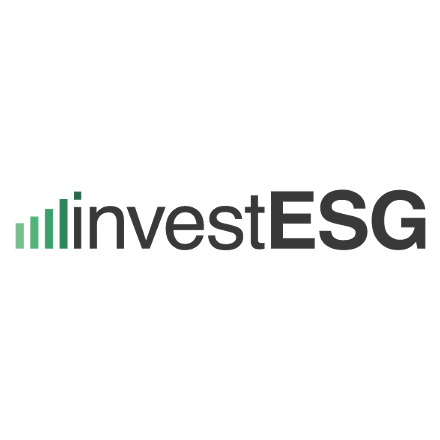First ever bond issues based on the European Green Bond Standard (EuGBS) as the 'gold standard' for sustainable debt.


Photo credit: Rodion Kutsaiev / Unsplash
Ronald Van Steenweghen, Fixed Income Fund manager, DPAM, on recent green bond issues:
On January 23, Italian utility A2A made history by issuing a EUR 500 million bond, marking the first-ever European Green Bond (EuGB). Fully aligned with the EU Taxonomy, the bond will finance projects in renewable energy, grid infrastructure, energy efficiency, and waste management. With a final order book exceeding EUR 2.2 billion and no new issue premium, its strong secondary market performance underscores robust investor demand.
Just days later, the French state-owned Île-de-France Mobilités followed suit, issuing a EUR 1 billion European Green Bond to modernise and decarbonise one of the world’s largest transport networks. These landmark transactions demonstrate the market’s swift adoption of the European Green Bond Standard (EuGBS), which came into effect on December 21, 2024. Dubbed the ‘gold standard’ for sustainable debt, the EuGBS is designed to combat greenwashing, enhance transparency and accountability, and ensure alignment with the EU Taxonomy.
Could this be the start of a wave of European green bonds?
We remain cautious. On the upside, strong investor demand and potential pricing benefits could offset the additional reporting costs associated with the stricter requirements. The European Green Bond Standard also has the potential to drive greater harmonisation in disclosure and reporting, ultimately benefiting investors seeking clearer insights into the environmental impact of their green bond holdings.
With standardised data, investors may soon be able to compare and assess impact more effectively across different issuers, fostering greater transparency and accountability. Additionally, we anticipate higher-quality assessments from second-party opinion providers, further strengthening the credibility of green bond frameworks and reinforcing market confidence.
However, significant uncertainties remain. Both A2A and Île-de-France Mobilités had already issued green bonds in the past and signalled well in advance their intent to align with the EuGBS. The real test will come when issuers begin utilising the 15% flexibility for activities not covered by the EU Taxonomy. Will investor enthusiasm remain as strong if the standard’s purity is diluted? This remains unclear.
Utility and mobility companies are naturally well-suited for full EU Taxonomy alignment, but tackling climate change requires substantial investment across all sectors. For high-emission companies genuinely committed to transition, making a meaningful contribution to the EU Taxonomy’s objectives is challenging but feasible. However, many issuers still struggle with accessing accurate data to ensure compliance with the mandatory Do No Significant Harm and Minimum Social Safeguards requirements.
The real litmus test will come when issuers with less obvious alignment tap the market. In any case, we do not believe investors are willing to pay a significant premium for European Green Bonds compared to the more widely used and well-established ICMA-aligned green bonds.
A win for transition finance
Perhaps even more pivotal for advancing green investment is ESMA’s recent last-minute decision to reverse its stance on applying issuer-based Paris-Aligned Benchmark (PAB) exclusion criteria to green bond funds. In a victory for common sense, European Green Bonds are now effectively out of scope for PAB exclusions. ESMA also provided much-needed clarity, confirming that green funds can continue investing in green bonds outside the EU Green Bond regulatory framework via a “look-through approach” in order “to support companies transitioning to more sustainable business practices by providing them with important funding sources” if not directly financing excluded activities.
While this is a welcome development, the prolonged regulatory wrangling has underscored the challenges of balancing oversight with the practical needs of market participants. That said, ESMA’s decision brings greater consistency to the regulatory framework, providing much-needed clarity for investors and issuers alike. With this issue now resolved, the focus can return to what truly matters: financing the acceleration of a low-carbon economy and driving meaningful climate action.
Sources
ESMA: ESMA_QA_2370, 2024Eurosif: EU Green bonds standard, 2024 Gruppo A2A: A2A, first European Green Bond placed on the market, 2025
DPAM marketing commentary
Published by
 investESG
investESG
 investESG
investESG

